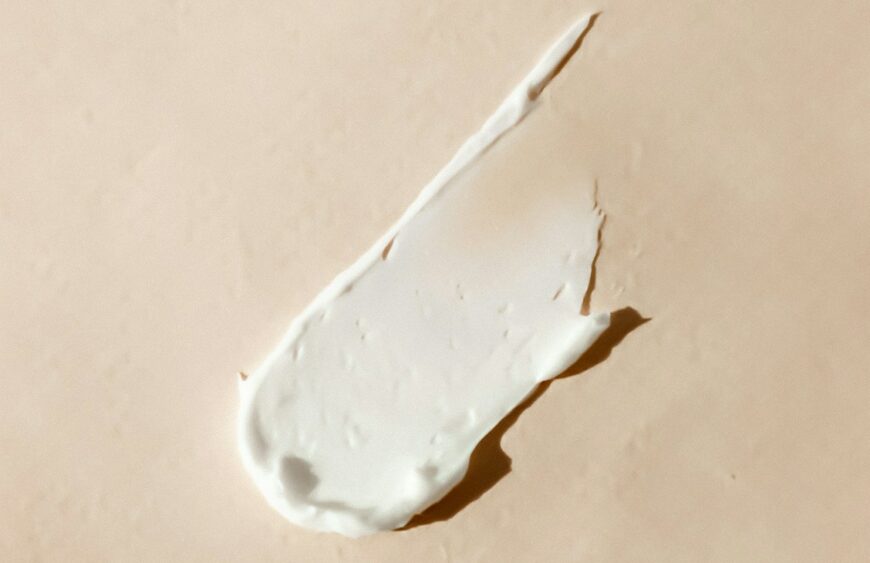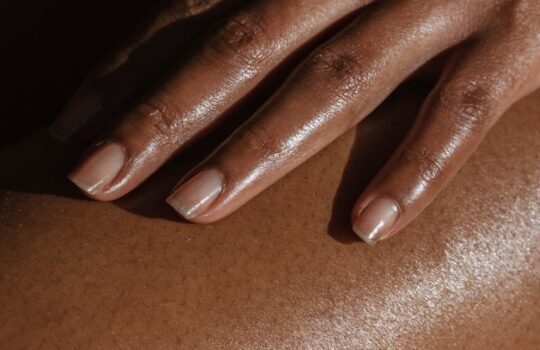What is perioral dermatitis?
Dermatitis is the medical term for rashes that cause inflammation of the skin. There are different causes of dermatitis such as irritant, contact or atopic (allergies). In essence, dermatitis is a type of eczema.
Perioral dermatitis is a common skin condition that is characterized by redness and or spots. As the name suggests, the distribution of the rash is around the mouth (sparing the upper lip), the nasolabial folds (mouth to nose lines) and inner part of the cheeks. However, the name is a misnomer – it is not a type of dermatitis but rather a form of rosacea, another inflammatory skin condition.
How does it differ from other forms of dermatitis?
As above, perioral is a type of rosacea so it differs in appearance to other types of dermatitis. So instead of dry, flaky skin that you characteristically get with other types of dermatitis, you get redness, spots (known medically as papules) and sometimes pustules (pus filled spots) usually around the mouth (sparing the upper lip), cheeks, and nasolabial folds. This rash can sometimes be sore, itchy or flaky. The position of the rash and appearance make it quite characteristic, as other rashes don’t involve the nasolabial folds. However unlike in rosacea, you don’t get facial flushing or prominence of blood vessels in the cheeks or nose.
It is important to get the diagnosis right as incorrect treatment can worsen the condition. It shouldn’t be treated with steroid creams as you would with other types of dermatitis – steroids actually worsen it so this is key.
What causes perioral dermatitis?
- Whilst the exact cause is not understood, it is most commonly triggered by steroid creams (whether used directly on the face or indirectly if using steroid creams on another part of the body. They can also be caused by steroid tablets or inhalers.
- It may also sometimes be brought on by cosmetics, moisturisers and sunscreens, particularly if they contain perfumes.
Is there a cure for perioral dermatitis?
Although it can sometimes take a few weeks to clear, it usually has an excellent response to treatment. The usual approach is to stop steroid creams, and take a once a day antibiotic for 2-3 months, although as described below there is also a role for antibiotic creams in milder cases
Are there any triggers that can make perioral dermatitis worse? Has PPE caused cases to rise?
- Triggers are similar to rosacea – steroids (creams, tablets, inhalers)
- Moisturising creams and cosmetics – occlusives can block the skin, causing skin flora to proliferate
- Some have noticed flares prior to starting period, in pregnancy of if taking contraceptive tables
- Face masks create a humid and occlusive environment so can worsen perioral dermatitis (as they also do acne, eczema and rosacea).
What are your tips for treating perioral dermatitis?
- Avoid picking/squeezing spots
- If using a steroid cream on sites other than the face (e.g. eczema on the leg), ensure you are washing your hands to avoid steroid cream being transferred to your face
- Stop any facial creams that are worsening your symptoms.
- If you are using a steroid cream on your face, consult with your GP/doctor before stopping. Sometimes stopping steroid creams can cause a rebound worsening in the rash for a few days and reducing the frequency for 2 weeks prior to stopping might be more suitable than suddenly stopping.
- Discuss with your clinician about trialing an antibiotic treatment. Antibiotic creams such as metronidazole and erythromycin are suitable in milder cases. In other cases, an oral antibiotic such as lymecycline or erythromycin can be used. A 3 month course is usually enough for most people but in some cases a longer course is required. Antibiotics are prescription only so consult with a doctor.
- Wash your face with water only until it resolves.
- Once it has settled, use a soap substitute cleanser, avoid perfumed moisturisers especially if your skin is dry or sensitive, and ensure you are using a broad spectrum sunscreen with SPF of 30+ to protect your skin.







